 By Sheelu George October 27, 2020
12 min read
By Sheelu George October 27, 2020
12 min readTop 9 Payments trends that will shape the future of the payment ecosystem in 2021
The payment ecosystem is one of the most technologically influential sectors in this pandemic. Innovation is not only highly driven with the changing face of the current payment system, but also, making it faster than the current pace. 2021 is expected to bring acceleration to the B2B payment industry trends, pointing towards a transformational change in the payment ecosystem.
With this unrestricted flow of customer demands, there is an increase in the widespread innovation in payments that, in turn, squeezes the traditional payment market. Thus, to gain popularity among the customers, it is essential to reward agility by anticipating the next-gen payment solutions.
There are a few payment industry trends to watch in 2021 that shape the future of the payment ecosystem.
The fusion of Banks and FinTechs
The banking system accords itself with a huge customer database, brand recognition, and vast knowledge about the market and the financial industry. In spite of all these factors in their favor, traditional banks are lacking in meeting the ever-increasing demand of customers for personalization, customization, and speed in transactions. The biggest challenge that traditional banks face is how they could implement high-end technologies in the banking sector since banks have a weak innovation culture.
Therefore, collaboration with the right FinTech organization will prove to be a boon for the banking sector as banks are looking for an increased and sustainable return on investment. Banks are frequently looking for multiple approaches to engage with FinTechs with the hope to cut costs without incurring a loss.
The current scenario amidst Covid-19 has knocked the doors of opportunities to drive the relationships between banks and FinTech companies for achieving a digitally-empowered future.
Since customers dictate the demand for having a digitized service, FinTechs are planning to empower customers to serve themselves using digital payment technologies irrespective of the place and time they are in. After all, FinTech is all about revolutionizing the electronic payment industry with disruptive technologies. FinTechs are more into creating faster and highly accessible financial services.
But with the current pandemic, it is expected that banks should invest more in delivering the best customer experience. They should concentrate on back-end operations. They should collaborate with startups for improving data retrieval and provide an agile and reliable front-end.
Right from products and services that promise to resolve their issues in depth to maintain a long-lasting relationship with the customers, the FinTech industry is trying hard to fulfill all these desires with new strategies, loyalty programs, personalization, engagement capabilities, and operating models catering to the requirements and demands of the customers.
Since banks represent the existing payment infrastructure as overhauling and inflexible, with fintech payments, it can be replaced with open and agile frameworks to compete.
Business to Business Payments (B2B) is Next
Due to the rapid digitization of the payment industry, the use of innovative and cutting-edge technologies is providing customers with greater accessibility to all the necessary things in their everyday lives. Therefore, customers expect to have instant access to financial services as well. FinTechs are determined to transform the current financial market scenario by disrupting the traditional methodologies and capitalizing on the increasing accessibility to all the fintech services in digital.
Since customers are making a habit of faster and convenient payment processes, they are now expecting the same level of service from B2B payments and transaction banking. Customers are heavily demanding for personalization, customization, and speed forcing the payment ecosystem for reconstruction for the corporate world. This has been gaining all the limelight due to the continuous increase for corporate loans in addition to the ease in credit underwriting standards.
The payment landscape is witnessing a remodeling due to ever-increasing customer demands and expectations that are intensifying the global competition. To survive in such an intense scenario, automating the existing process won’t land you in a safer place.
So what B2B companies have to do?
B2B companies are supposed to integrate finance into their own payment systems, influencing B2B buyers to establish relationships totally with the business that offers such an environment. In 2021, capitalizing on the trends of investing in innovations to change the way they function, will prove a definite payoff and help you stay ahead in the competition. This can be achieved by integrating digital payments, digitizing the processes for streamlining the operations like payment scheduling, invoicing, and so on, and providing complete visibility of the transactions. Prior to this, B2B businesses should evaluate the impact of integration on their businesses as it involves a lot of technological innovations resulting in wider consumer adoption.
Payments are highly influenced by the Cloud
Late payments are the biggest challenges and the most irritating thing to experience for a business. This, in turn, impacts your business operations. Cloud technology uses a network of remote servers that are hosted on the internet. These servers store, manage, and the payment data rather than a local server. By leveraging the benefits of cloud computing like flexibility, faster cash flow, automation, and high security, your business can upgrade your existing payment system and get rid of the perils of late payments. Some more benefits of using cloud-based payments are cost-effectiveness, feasibility, reliability, and boost higher productivity.
A cloud-based ERP accounting solution provides flexibility with accessing financial data securely and effectively on the go. This saves a lot of effort and time. Also, you don’t have to manually track the invoices. Cloud helps in promoting automation reducing manual processes and human errors.
With cloud computing, in addition to e-invoicing and automated payments, the payments can be received and sent within a single click, saving your relationships with the customers.
Automation helps to have more transparency and visibility in all the transactions that are carried out by your customers. Your customers are notified in real-time ensuring their numbers are spot-on, thus, dissolving any chances of disputes.
Security has been a concern always when it comes to payments. Cloud offers encryption services for highly sensitive payment and other financial data of the customers. Moreover, cloud vendors offer a sizable amount of resources for security concerns. The data encryption process is tedious as the data is encoded and transformed before moving onto the cloud.
Data centers are always under continuous threat from hackers. If they are hacked and corrupted, it will cost a loss of billions of dollars. To protect the data centers, one way is to authenticate them through cloud computing.
Hybrid cloud computing servers like Amazon web services and Microsoft’s Azure provide end-to-end protection to the payment information stored in the cloud.
Cloud computing is known for providing seamless integration facilities for processing payments via a third-party online payment portals. If your cloud-based ERP software integrates third-party payment portals, the payments are received on the invoices directly.
In a nutshell, cloud computing ensures secure and seamless transactions that boost confidentiality, integrity, and availability of the information and enhances customer experience.
Some of the best examples of cloud computing services are digital wallets, online fund transfers, online payments, and online payment gateways.
Real-time payments, the new game-changer
This new buzzword in the payment world is gaining the limelight due to its capability of providing speed, convenience, and security. RTP is widely implemented and adorned by customers globally.
RTP ensures funds availability to the beneficiary of the transactions immediately. RTP is designed to cater to the requirements and principles of the Consumer Financial Protection Bureau (CFPB), a set of principles for faster payments.
RTP provides real-time notifications for every transaction like confirmation messages, invoices with payments, requests for payment, account statements, and so on. With such features, RTP systems maintain transparency and certainty in the transactions between both parties.
In addition to these features, RTP has loads to offer. It has in-built smart and fast features like seamlessly working in the background, support to all the financial services, especially the customer-facing systems like utility payments, in-app shopping, P2P payments, split bills, and cash management.
RTP in businesses plays a major role as it offers services like e-invoicing, bill pay, claim settlement and payments, insurance services, and so on.
RTP has a lot to offer businesses and banks as it has the potential to revamp the payment ecosystem with its innovative and seamless payment solutions.
Cash flow to govern!
The payment ecosystem is highly globalized and it has no looking back in 2021 as well. In this pandemic, the economic condition is uncertain. Therefore, it is necessary to govern the cash flow in every business, especially when the market is constantly changing. To respond quickly to the ever-changing market and adapt to the changes, the need to protect consumers’ financial data and governing the cash flow increases.
It is a mandate to comply with the Payment Card Industry Data Security Standard (PCI DSS) for the business if they accept, process, store, or transmits credit card information.
The payment transactions in the US and the European Union are expected to comply with and regulate through the central authorities.
The pandemic has forced the entry of online payments globally into PSD2 compliance. Right from the beginning of 2021, the new practice will involve the reinforcement of authenticated online buyers. Moreover, there will be an alternative to allow recurring charges for automated commerce without a repeated authentication process for the user.
Also, the use of biometric features for payment approval is forecasted to trend for the upcoming year. To complete the payment quicker and in a more secure way, biometric identification such as fingerprint, iris scan, facial recognition, and other features will serve as payment confirmation trends in 2021.
But, one may face a challenge to transact for cross borders as every region has its own schemes and ways in which the money can be transacted. To resolve this issue of cross-border transactions, payment giants are trying to facilitate new payment trends and open solutions in the upcoming years.
Moreover, efforts are being taken to begin merging the global industry standards like ISO 2022 to govern payments messaging, interoperability, interfaces, payment engines, and integration. This may lead to developing stronger standards for analyzing the risk in assessing transactions, traceability in cross-border payments, and authenticating transactions across all forms.
Unified Commerce
To offer a better customer experience, reduced operational costs, and zero duplication, integrating all sales channels is the next logical step to enhance efficiency in this digital transformation around the globe.
Unified commerce offers an exclusive online experience of eCommerce, M-commerce, customer relationship management (CRM), inventory management, catalog management, order fulfillment, point-of-sales capabilities (POS), and financial management all under a single roof. Unified commerce is beyond omnichannel capabilities and leveraging the benefits of a common, centralized commerce platform for supporting your business growth.
Unified commerce provides seamless communication between multiple platforms, reduced integration costs, centralized database reducing errors, enhanced accessibility and operability, simplified onboarding, seamless eCommerce payments, and real-time visibility with accuracy.
2021 is all about how payment innovation will help businesses to centralize their sales with unified commerce and secure payment data in multi-channel mode.
eWallet, loyalty apps, and mobile payments
The pandemic has skyrocketed the use of cashless payments by reducing intermediaries. The businesses facilitate business apps so that the customers can pay directly without any intermediaries.
A payment without intermediaries is highly beneficial for businesses like restaurants, cafes, service stations, gas stations, or companies that are looking for loyalties. If you partner with a leading fintech development company to build your own payment app, you provide an opportunity for your customers to directly communicate with your business. You provide your customers with loyalty tools like point cards, discount coupons, rewards, and many more.
When the world was hit by the pandemic, the economic scenario was uncertain. Experts forecasted that mobile payments will reach $503 billion USD by the end of 2020.
Businesses have made mobile payments as a mandate to pace up with the technology outburst in this situation. Merchants who are still reluctant to adopt the mobile payment trends will experience the downfall in this situation where the future is robust with mobile payments.
2021 will see a drastic adoption of mobile payments like Samsung Pay, Google Pay, and Apple Pay by integrating various payment providers that would support various equipment and systems for facilitating mobile payments.
NFC and EMV
Near Field Communication (NFC) has gained immense popularity due to its enhanced security standards and ease to use. This modern form of payment allows users to tap or wave their mobile devices for making a payment.
EMV works on a similar principle to NFC. This wave/tap technology is for credit cards for contactless payments. EMV helps to reduce the liability of the merchant and payment processor by making the transactions more secure. EMV is making its way to 2021 as a trend due to its less expensive, secure benefits as compared to swiped payments.
Frictionless Payments
You are a business owner and want to provide a seamless payment experience. What according to you will be appreciated by the customer? An efficient, smooth, frictionless buying process. Your payment process, whether open or closed payment platform, will help your customers to distinguish the best deal from identical or similar businesses like yours.
Merchants should focus on key identifiers that will help them to provide a frictionless experience. You can list out elements like the number of cards accepted, the different payments like digital wallets, installments, COD, purchase now pay later, discounts, loyalty programs, and many more. Check out what encourages your customers to make a purchase from your store and what digital payment trends they are comfortable with.
Wrapping it up!
It has become a necessity to invest in the new technology or upgrade your old systems to keep up the pace with the ever-increasing demands of the customers for a fast, secure, reliable, and feasible payment system. If your organization is finding it difficult to invest, find the best fintech development company that would lend you a helping hand in this case by partnering with your organization. Consumers are smart enough to turn a blind eye to an outdated and inefficient payment system. This will further hamper the customer engagement ratio in 2021 as it would cause a lot of friction due to the pandemic.
The organizations need to focus on fundamentals like redesigning or designing organizations, processes, and technologies that cover the payment strategy and higher customer engagement ratio. It is expected that the organizations should continue to plan, budget, and build their digital and physical infrastructure while maintaining compliance with standards and regulations.
2021 has a lot to offer in the payment ecosystem. Businesses have to gear up to get ahead of the curve by offering seamless, global, agile, and secure payment systems. Around 2021, organizations need to develop strategies that bet on the forward-thinking of the organizations to survive and thrive in this extremely competitive payment scenario.
Author Bio


 Facebook
Facebook Whatsapp
Whatsapp LinkedIn
LinkedIn Pinterest
Pinterest
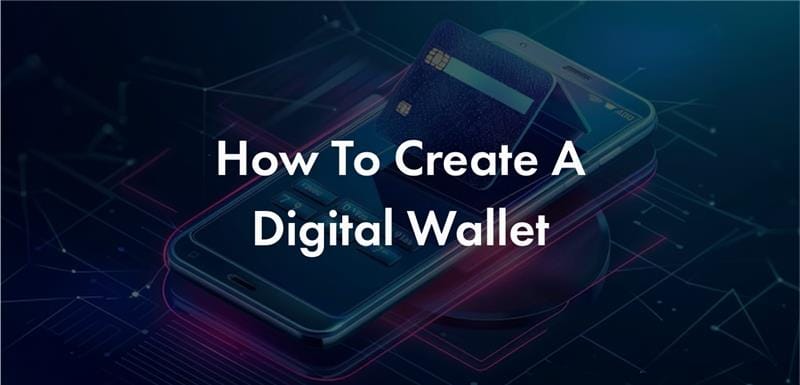


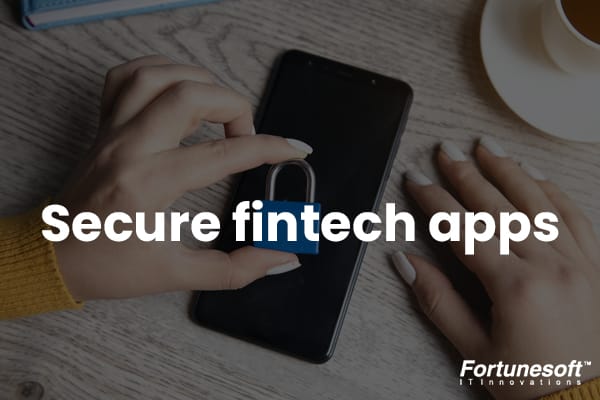


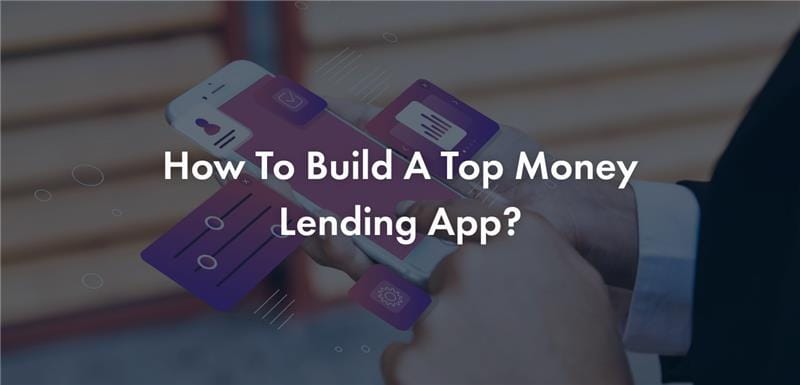

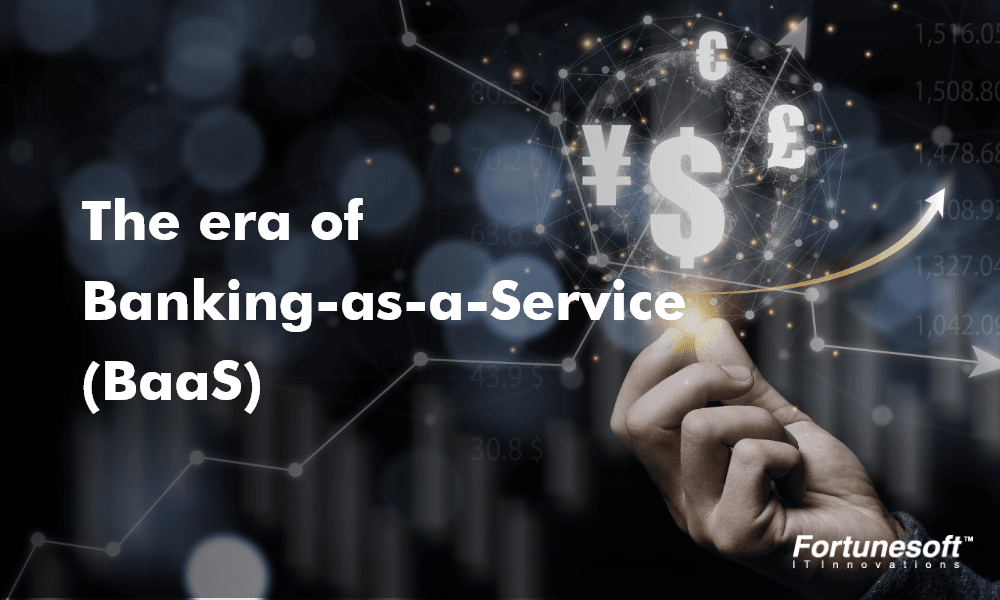
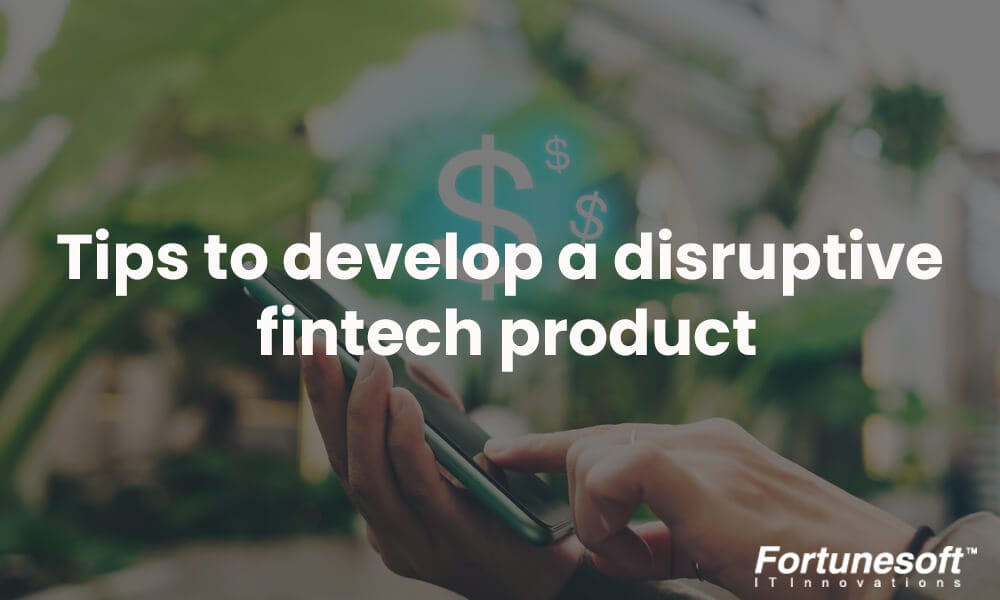
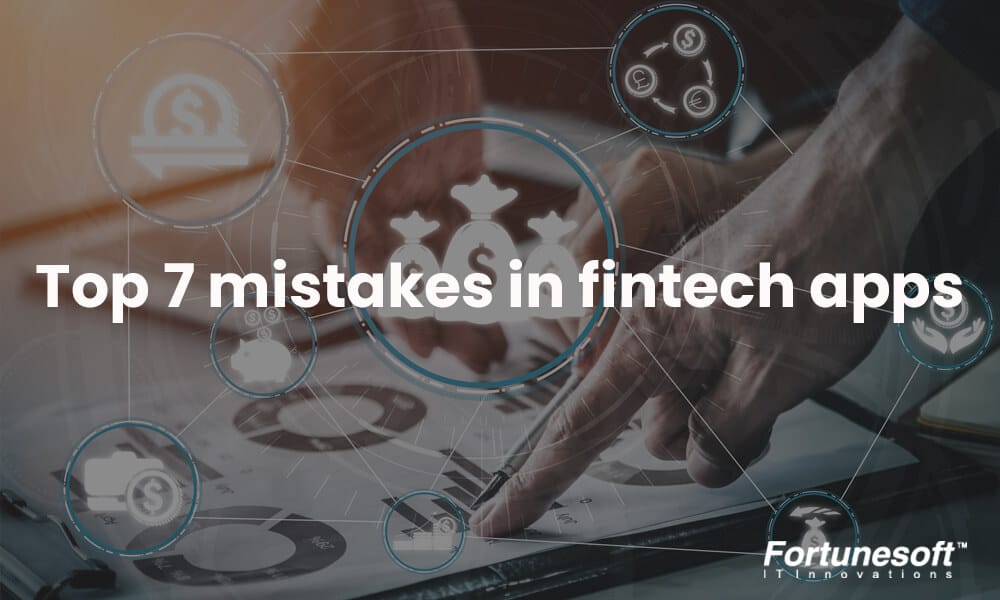
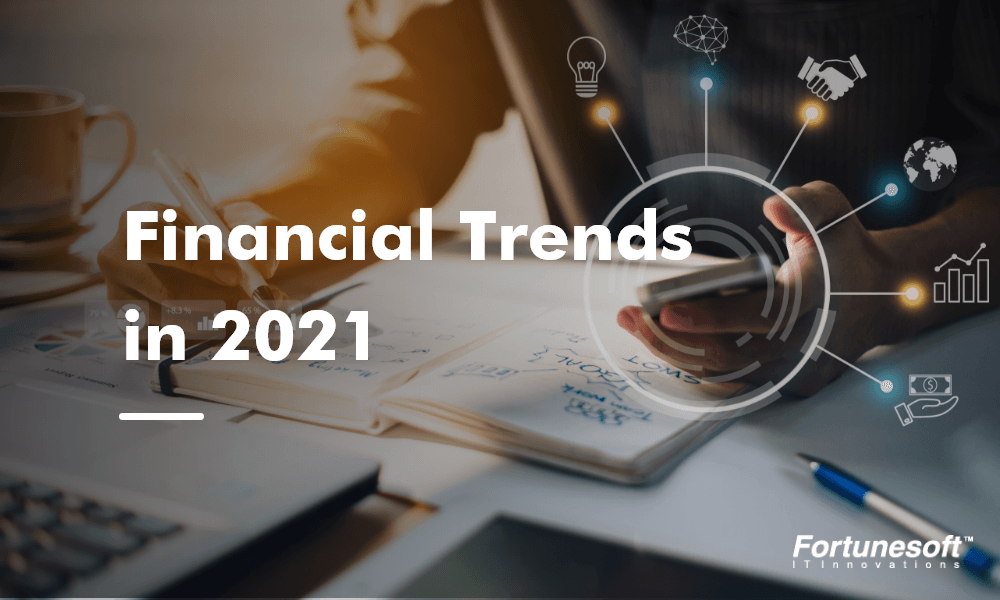

 Start Chat
Start Chat